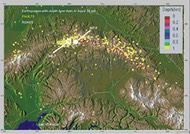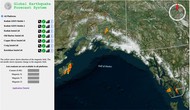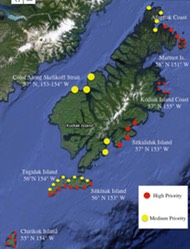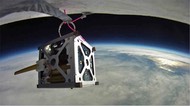A World Bridge® is an international award-winning program for learning 21st Century Skills using advanced technology and teaching practices. The program utilizes a multi-organizational, real-time/real-world, placed-based learning approach. The foundation of A World Bridge® is the relationship-building between the schools, communities, and community-based organizations.
Multi-organizational, Real-time/Real-World, Place-based Learning
A World Bridge®Real-time, Real-world Project-Based Learning is an international award-winning program for learning, technology, 21st Century Skills, and advanced teaching practices. A World Bridge is the process of developing educational models for the integration of international leadership, economic development and educational research. These projects provide the design and implementation of into curriculum, and simultaneously develop dynamic classroom content for teaching state and national academic standards. Students learn how to develop professional skills while working on international award-winning, Collaborative projects, which increase the potential for high-end college admissions and scholarships.
A World Bridge® real-time, real-world projects are entirely Project/Performance Base Learning systems featuring international class ongoing/unsolved problems which are then localized (place-based) and requires integration and collaboration with the community. The local community’s language, culture, business, industry, education and all its priorities are required for acquisition of local knowledge, wisdom, and for building local capacity for sustainable, long-term solutions.
Trillium Learning developed this process for program design, implementation and operation over the past 30 years. A key component lies in the utilization of rapid-prototyping skills – both for teachers and students. This model employs continuous research and development of both technology and pedagogy, with milestone (unit/lesson) planning that incorporates real-time unsolved projects – which results in immediate career-level skills through direct application. This essentially eliminates the transitional stage required of systems which plan without real-world applied content and objectives. This method requires flexibility from staff, willingness to learn, understanding that making mistakes is an opportunity to learn and prototype the next version of activity. The teacher becomes the student, the student becomes the teacher, in a never-ending cycle.
A World Bridge® is a true planning system for real-time, real-world, localized/place-based education – and allows for authentic assessment and evaluation. A key element of AWB is that the training is performed and modeled for the teacher and students, immediately assessed – studied, then reworked and applied in the classroom = rapid prototyping. The students’ work is also evaluated by project partners – such as experts from NASA, USGS, NOAA, US Army Corp of Engineers, and even the United Nations. We know that student skills are authentic when these experts incorporate student data into their problem-solving activities – and treat students as members of their teams.
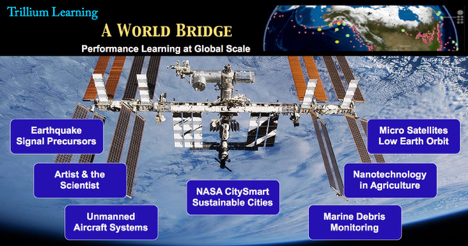
A World Bridge® is a planned program utilizing cooperation and partnerships between state government offices, state education agencies, school boards associations including the NASA Ames Research Center, Association of Alaska School Boards’ Consortium for Digital Learning (CDL), the University of Alaska system, University of Massachusetts at Amherst, the International Centre for Earth Simulation (ICES), the National Oceanic and Atmospheric Administration, and business partners including Trilogis SRI, Alaska Aerospace and more. These partnerships provide for the development a unique series of international mentorship models and student internships.
Project Goals:
– Integration of statewide economic development with educational mission and goals, through study, evaluation, assessment of Pacific Rim economic trends, development of technology and educational systems, then implementation of collaborative projects between countries – academic and business/industry.
– Capacity building – ongoing planning and implementation of effective training programs with multiple levels of technology, as equitable as possible. Training programs are localized based on a needs assessment. Rapid-prototyping of training process is designed to accelerate adoption and acquisition of career-level skills.
– Development of rapid-prototyping system for determining effectiveness of new or combinations of educational technology; provides a Research & Development program for technology applications, new STEM (Science, Technology, Engineering, Mathematics) content and collaborative projects, and professional development/pedagogy.
– Development of statewide and international Project Based Learning (PBL) curriculum repository and learning management system for teaching and learning, based on student/teacher developed content from real-world projects. Academic standards and objectives will be gradually converted into real-time/real-world project systems.
Next: About Trillium Learning
